GENERAL DATA
Plant Parts: Leaf, Blossom, Fruit, Fruit oil
Cultivation mode: Wild Collection/ Cultivated
In manufacturing: Pharmaceutical, foods, confectionary, beverages, cosmetics, perfumery.
In food: Desserts, jelly, pasta, sweets, candies, etc.
🍏 Industries That Use Dried Quince Fruit & Quince Tea (Cydonia oblonga Mill.)
Here’s a well-organized list of industries that commonly use Dried Quince Fruit:
🌿 What Is Quince?
Quince is the golden-yellow, aromatic fruit of Cydonia oblonga, a small deciduous tree native to Southwest Asia and the Mediterranean. While raw quince is typically too hard and astringent to eat, dried quince slices and quince tea are widely used in traditional medicine, food, and wellness industries.
The fruit is naturally rich in pectin, tannins, mucilage, polyphenols, vitamin C, and antioxidants, giving it astringent, digestive, anti-inflammatory, and immune-supportive properties.
1. Pharmaceutical & Traditional Medicine Industry
In Persian, Turkish, and European folk medicine, dried quince and quince tea are used to treat diarrhea, sore throat, cough, and inflammation.
Applications:
-
Anti-diarrheal: natural astringent effect (due to tannins and mucilage)
-
Soothing sore throat and cough: mucilage coats mucosal linings
-
Gastrointestinal protector: used for mild gastritis and stomach upset
-
Mild anti-nausea and antiemetic in traditional systems
✅ Common forms: herbal infusions, decoctions, and compotes
✅ Often paired with honey or ginger for respiratory and digestive uses
2. Herbal & Functional Beverage Industry
Quince tea made from dried slices or powdered fruit is a rising functional beverage, appreciated for its taste, aroma, and digestive benefits.
Applications:
-
Caffeine-free fruit tea with gentle tart-sweet flavor
-
Used in gut-soothing herbal blends with Apple, Cinnamon, or Fennel
-
Promoted as an immunity-boosting tea in seasonal wellness blends
-
Can be served hot or cold as a healthy alternative to sugary drinks
✅ Often sold in loose-leaf herbal tea blends or dried fruit slices
3. Food & Culinary Industry
Dried quince is used in traditional dishes and preserves, especially in Middle Eastern, Persian, and South Asian cuisines.
Culinary uses:
-
Stewed quince or rehydrated slices in rice dishes or stews
-
Used in jams, syrups, marmalades, and traditional desserts
-
Dried slices may be candied or reconstituted for compote and tea
✅ High natural pectin content makes it useful in jelly and jam production
4. Nutraceutical & Wellness Industry
Dried quince is used in digestive and immune health supplements thanks to its pectin and polyphenol content.
Common uses:
-
Digestive tonics and teas
-
Fiber-rich powders for gut health and cholesterol regulation
-
Ingredient in antioxidant-rich snacks and energy bites
✅ Sometimes blended with Hawthorn, Apple, or Psyllium in fiber support formulas
5. Cosmetic & Skincare Industry
Quince extracts are used in natural cosmetics for their soothing, hydrating, and antioxidant effects.
Applications:
-
Mucilage extract used in skin serums and calming lotions
-
Fruit acid for gentle exfoliation and skin brightening
-
Ingredient in anti-aging and skin-softening masks
✅ Quince-based skincare is especially popular in natural and herbal beauty segments
6. Ethnic, Organic & Export Markets
Dried quince fruit and quince tea are commonly sold in ethnic markets and natural product stores, especially in:
-
Iran, Turkey, Armenia, India, and Eastern Europe
Exported forms:
-
Dried slices (loose or packaged)
-
Fruit powders
-
Tea blends or tea bags
✅ Valued for both culinary and wellness traditions
7. Scientific & Botanical Research
Modern research focuses on quince’s bioactive components, including polyphenols, tannins, organic acids, and vitamin C.
Research focus:
-
Antioxidant and anti-inflammatory properties
-
Gastroprotective and anti-diarrheal action
-
Potential antiviral and immune-modulating effects
-
Study of pectin’s role in cholesterol and blood sugar management
✅ Recognized for multifunctional nutritional and therapeutic value
✅ Summary of Key Applications
| Industry | Common Uses |
|---|---|
| Pharmaceutical & Traditional | Sore throat remedy, diarrhea treatment, mucilage-rich decoction |
| Herbal & Beverage | Caffeine-free fruit tea, gut health blends, flavored infusions |
| Food & Culinary | Compotes, stews, jams, syrups, sweet preserves |
| Nutraceutical & Wellness | Fiber support, antioxidant-rich snacks, digestive formulas |
| Cosmetic & Skincare | Skin soothers, anti-aging serums, herbal masks |
| Ethnic & Organic Export | Dried fruit, tea blends, quince powders |
| Scientific Research | Gastrointestinal and antioxidant properties, pectin functionality |
🌟 Key Features
-
Rich in pectin, mucilage, polyphenols, and tannins
-
Known for soothing, astringent, and digestive-support qualities
-
Traditionally used for cough, diarrhea, sore throat, and gut health
-
Featured in fruit teas, jams, and natural skincare
-
Gaining popularity in the functional beverage and wellness sectors
🍏🌰 Comparison Table: Dried Quince Fruit vs. Quince Seeds
(Cydonia oblonga L.)
| Aspect | Dried Quince Fruit | Quince Seeds |
|---|---|---|
| Plant Part | Dehydrated slices or pieces of the edible fruit | Small, hard seeds located in the fruit’s core |
| Primary Use | Functional food, herbal tea, digestive and respiratory health | Source of mucilage for soothing, healing, and hydration |
| Texture & Flavor | Tart-sweet, firm, aromatic | Neutral taste, not consumed directly; soaked to form gel |
| Main Constituents | Pectin, mucilage, tannins, vitamin C, polyphenols | Mucilage (polysaccharides), tannins, amino acids, trace cyanogenic compounds |
| Medicinal Action | Demulcent, antioxidant, digestive tonic, mild astringent | Strong demulcent, emollient, wound healer, throat soother |
| Traditional Uses | Sore throat, cough, gastritis, diarrhea, digestive aid | Oral ulcers, dry cough, burns, eczema, sore throat, hair/scalp hydration |
| Common Forms | Dried slices, tea blends, jams, stews, syrups | Cold mucilage gel (soaked seeds), topical gels |
| Food/Culinary Use | Yes – in teas, jams, stews, preserves | No – used medicinally only, not edible in whole form |
| Cosmetic Use | Antioxidant fruit masks, brightening extracts | Skin-calming gels, emollient creams, scalp hydrating products |
| Nutraceutical Use | Digestive fiber source, immune-supportive fruit tea | Emollient for skin and mucosa, throat-soothing gels |
| Export Forms | Loose dried slices, tea bags, powdered fruit | Whole seeds, mucilage preparation kits, topical use packs |
| Scientific Interest | Gastrointestinal protection, antioxidant content | Natural biopolymer, skin healing, mucosal coating potential |
✅ Summary Snapshot
| Feature | Dried Quince Fruit | Quince Seeds |
|---|---|---|
| Target Area | Digestive & respiratory system | Skin, mucosa (throat, gut lining), topical healing |
| Edibility | Edible | Not edible whole – used for gel extraction |
| Main Industry | Tea, food, nutraceutical, traditional medicine | Cosmeceutical, pharmaceutical, ethnomedicine |
| Form of Use | Consumed as tea or food | Used as soaked gel for internal or external application |
PRODUCT NAME IN DIFFERENT LANGUAGES
Persian Name: به، چای به/ Beh, Chai Beh
German Name (Deutschland, Austria, Switzerland): Quitte, Quitte getrocknet
French Name (France, Belgium, Switzerland, Quebec): Cognassier, coignier
HARVEST CALENDAR
Feb
Mar
Apr
May
Jun
Jul
Aug
Sep
Oct
Nov
Dec
To order dried Quince, please contact us.
About Cydonia Oblonga
Quince is the fruit of a tree whose height reaches five meters. There are three types of quinces. Sour, sweet and sour-sweet. The leaves of the tree are oval, sometimes pointed and relatively small. The flowers of the tree are composed of five white petals with pink veins, oval and completely separate, and they resemble the flowers of an apple tree.
Quince fruit is almost spherical, fluffy, hard, yellow, and its external surface is slightly rough. The flesh of the fruit is hard and creamy yellow. The central part has five holes where the seeds are placed. The seeds of this fruit are drop-shaped, red-brown and glazed.
The best type of Quince is large, ripe, and thin-skinned.
Quince Fruit Temperament
Sour quince is the first degree of cold and second degree of dry. Sweet quince is the first degree of warm and moist. Sour-sweet quince is the first degree of warm and second degree of dry.
To order Quince tea, please contact us.
Cydonia Oblonga Chemical Constituents
Water, sugar, carbohydrates, calcium, phosphorus, ash, iron, potassium, vitamin A, vitamin C, thiamin, riboflavin, niacin, sodium.
Cydonia Oblonga Dose
Quince juice for medicinal uses up to 53 grams.
Quince Side Effects
Dried Quince is harmful for weak intestines. Overeating Quince can cause hiccups. Sweet Quince juice is harmful for cold-temperament people. Eating sour Quince on an empty stomach can cause appetite loss in hot temperaments. The fuzz on the fruit is harmful to the throat and voice.
Quince Modifiers
Honey and Anise for hiccups caused by eating Quince.
Eating jam made from Quince and honey to get rid of the rest of harms.
To order dried Quince, please contact us.


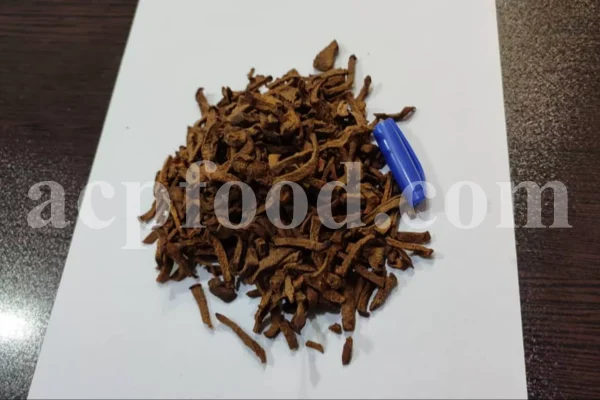
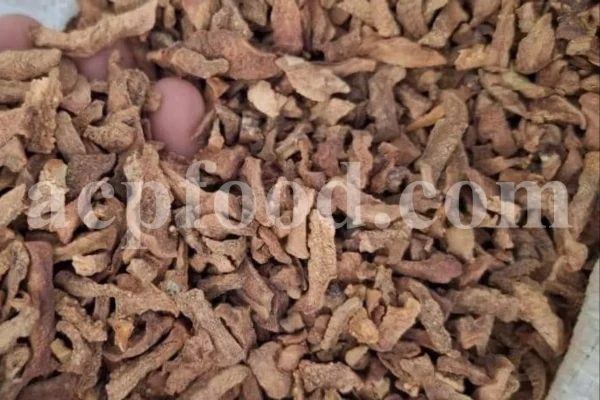
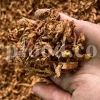
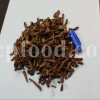
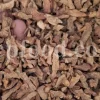
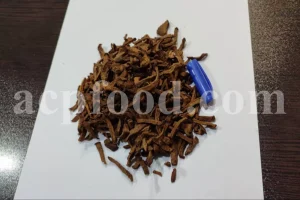
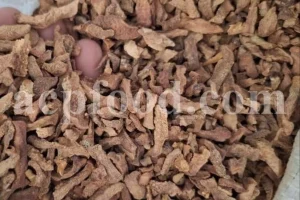
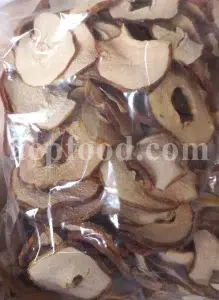
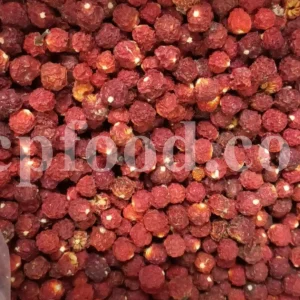
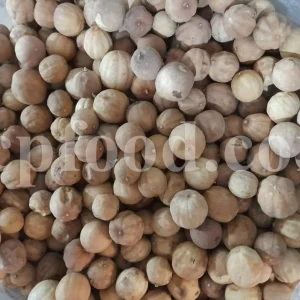
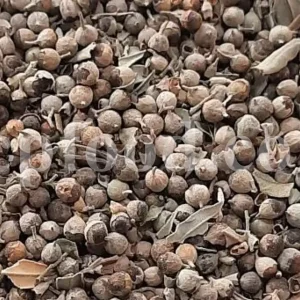
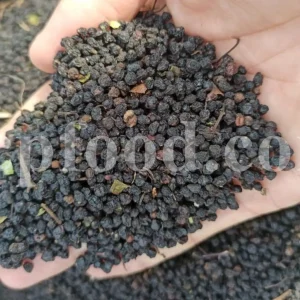
Reviews
There are no reviews yet.